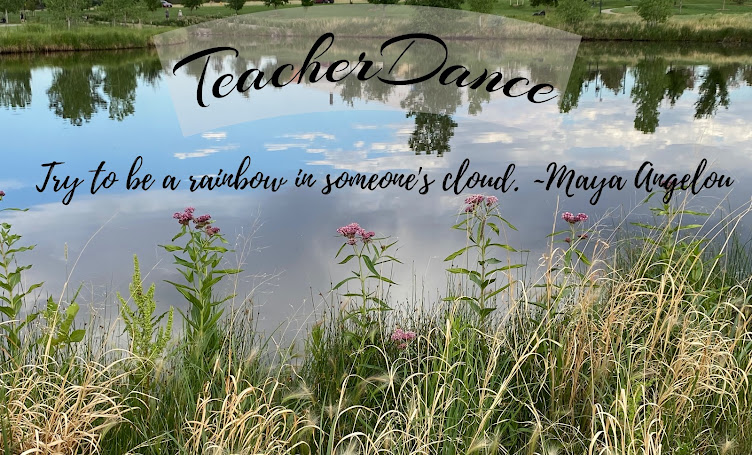 |
| art by Sarah S. Brannen |
It's a marvelous, though sometimes sad, thing to explore our Earth. I'm sharing three books today that do that in special ways. I'd also like to share a blog I've been following from The Nature Conservancy. Here's a link to the Cool Green Blog, this link has The Ultimate Winter Wildlife Guide!
The following books begin with a talk from Mother Earth herself, then tell why she could be called "Mother Ocean", and finally, the ways that the circles of life can change, this time for the better!
Earth tells her tale in this "nature autobiography" with facts and humor. Among other names, she says you can call her "Planet Awesome" She considers the planets her siblings, Pluto, yes! Pluto, is now a family pet and the Milky Way, billions of cousins. This clever use of a family analogy will help kids remember. The moon is her best friend and there is a "life" timeline of all those billions of years. Other real facts but with a side of humor are tales as a baby when she was a 'hot mess' and that cold and rainy period after her favorite time with the dinosaurs. Some added information is at the back, with sources. Cartoon-like art by David Litchfield shows just what the brief text explains. If you want an introduction to the basics of Earth's life, this book will be terrific. It's clever, cute and full of facts!
Bryn Barnard both tells this tale of alarm and illustrates it. With an introduction that shares an overview of the dangers to our ocean, he focuses on what he calls "the probable fates of six sea dwellers" which are jellyfish, orcas, sea turtles, tuna, corals, and blue-green algae, "some of the losers and winners in the New Ocean". It is an alarming story, with the opening endpapers showing our "ocean of plastic" and the final endpapers showing "projected ocean acidification". Added backmatter includes Sources, a glossary, and acknowledgments. For what might be thought as a short picture book, there is a lot of information given and explained. Each area covered will serve as a terrific beginning to further research. Illustrations are beautiful paintings that show one aspect of danger to the topics, like a sea turtle's body caught in a plastic six-pack ring, or coral reef bleaching.
There was so much controversy when the decision was made to return wolves to Yellowstone Park, but now after years of living there, good changes are happening, have happened. I was fortunate enough to see these wolves several years ago on a trip to Yellowstone with my students. We rose very early one morning, were guided to a special place to wait, then wait some more. Finally, the pack appeared and glided into the valley below us. We could see them! Through binoculars, we saw more clearly their graceful motions and intent, to hunt!
This book tells the tale of the beginning and the changes happening because a top-of-the-food-chain predator was re-introduced. Mostly, weak and sick elk are their prey, strengthening the herd. Elk moved up the valley into larger trees, leaving the tree seedlings to thrive. The text and illustrations of the changes fill the pages as Celia Godkin tells the story. Berry bushes grow too, inviting bears and more birds. As trees grow along the banks of the river, beavers and muskrats build homes, more birds travel in to make their homes, too. Because of improved vegetation, when rain and snow come, the hills are not washed away, but the moisture trickles down to the river. That change has strengthened its banks, and the river has changed its course. I think by now, you're understanding this picture of a circle of life, changing for the better, all because "The Wolves Return". Godkin has added more information at the end plus an author's note. Endpapers are filled with sketches of all the animals now found in this ecosystem.




Earth! has been mentioned a lot. I just read a book about Apollo 13 so it might be fun to continue my space themed nonfiction reading.
ReplyDeleteEarth is fun, Earl, and brief. Take a look!
DeleteI'm looking forward to reading Earth! Sounds charming.
ReplyDeleteIt is, Annette and while it seems short, it's packed with information!
DeleteThe New Ocean sounds necessary, but a bit of a painful read! Hopefully it will inspire the new generations to do a better job protecting the planet than we have.
ReplyDeleteI would have loved this book in my middle school classroom. It includes all those topics, great information and a way to dig even deeper. It is painful and worrisome, considering the changes being made, but may all the more reason to know the science!
DeleteI really need to find the Wolves book! I've seen in mentioned a few times now.
ReplyDeleteI really enjoyed Earth. I thought it was fun and clever. I'm looking forward to reading it with students and seeing if they can pull facts from it.
Good to know about Earth. It will be a fun way to show how research (facts) can be shared in different ways. The wolves book is well done. Hope you enjoy it, Michele!
Delete